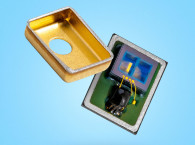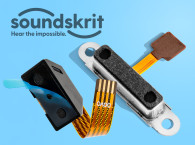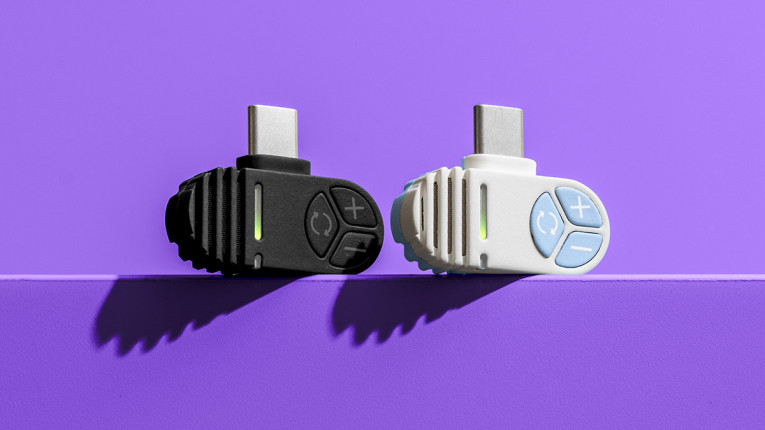
Designing and bringing to market a MEMS directional microphone wasn't that difficult compared to the almost unsurmountable challenges that seem to result from actually getting them into products that demonstrate their true power. After all, MEMS microphones can be "made" to be as directional as intended by combining two or more devices. But Soundskrit's technology is directional by nature in a single integrated device, which brings with it a series of additional benefits that require an actual integration in a product to be demonstrated.
Since starting to actually ship, Soundskrit managed to bring its innovative MEMS microphone technology to a few products so far, but the company's founders felt that their concept needed a market boost to accelerate growth in a fiercely competitive industry, and they have devised a crowdfunding strategy.
The result is now live on Kickstarter, and is called Firefly - "a pocket-sized, USB-C microphone designed to deliver studio-grade sound quality straight from your phone." The intention is to allow anyone to experience the power of directional microphones and feel the difference.
And what is that difference? A Soundskrit directional microphone can isolate sound with more sensitivity than any other comparable device, which results in a sound signal that is closer to the source, without unintended room reverberation and ambient noises. This is a problem easily understood by anyone recording with a smartphone and using just the built-in microphones - which are omnidirectional and tend to add too much room acoustics that change character and timbre, even adding distortion. No matter how much processing is applied, the intended source signal, such as voice or a musical instrument, will never sound as good as it could.
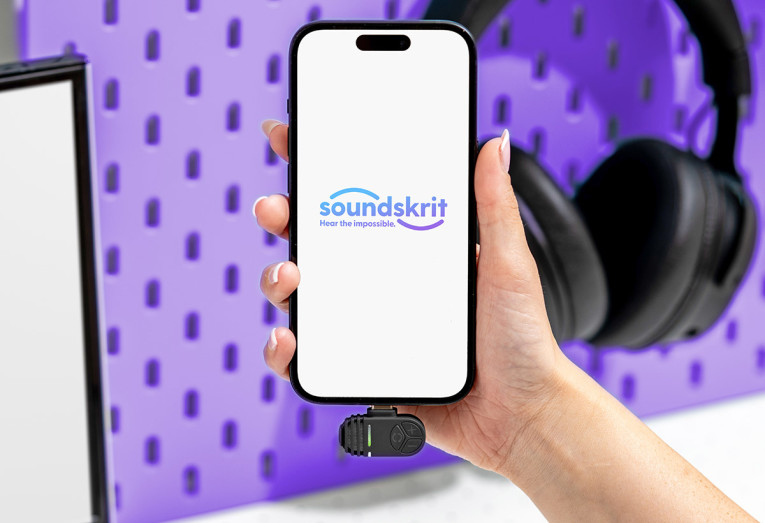
As Soundskrit explains, "From YouTubers to TikTokers, musicians to podcasters, content creation is growing at an incredible pace. While cameras and video technology have advanced rapidly, capturing high-quality audio on the go remains a challenge. Creators face a tradeoff: rely on built-in smartphone microphones and aggressive noise-cancellation algorithms that introduce voice artifacts, use wireless clip-on mics that distract from on-camera presence, or deploy professional studio gear that delivers exceptional sound but is bulky and complex to set up. In a world where audiences expect both stunning visuals and crystal-clear sound, creators need solutions that balance performance, portability, and ease of use."
Firefly is perfect for those users, recording a podcast, a vlog, streaming a live show, or capturing new music. Firefly is a USB-C device that simply plugs into a smartphone and immediately upgrades its audio quality by "pointing" at the direct source. Its ultra-compact design slips easily into a pocket, and creators can use it in noisy streets or echo-filled rooms to isolate a user's voice.
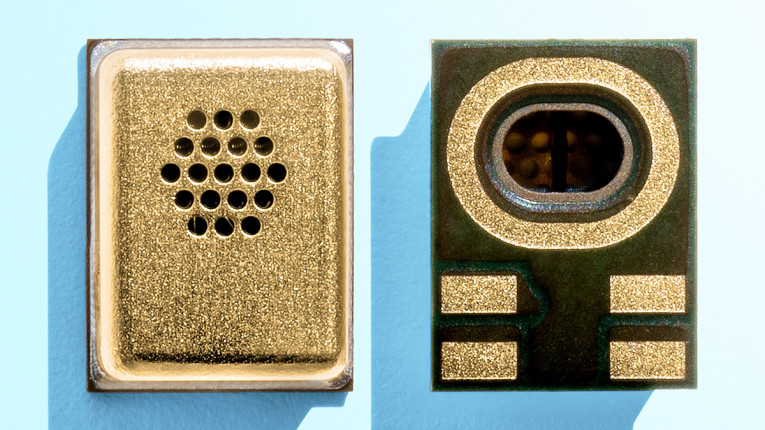
Inside Firefly is Soundskrit's MEMS directional microphone technology, in this case leveraging a multi-microphone configuration to provide multiple directional pickup patterns while achieving an incredible 80dB signal-to-noise ratio (SNR), rivaling much bigger microphones at a fraction of the cost.
"Firefly is a demonstration of what’s possible with our MEMS technology," explains Sahil Gupta, VP Product of Soundskrit. "We wanted to take everything we’ve learned over the years to make something that sounded great. We think there’s so much our MEMS microphones can enable, and we wanted to create our version of what that could look like. One that everyone could use."
The design features an integrated LED sound meter for users to visually monitor sound levels and be aware of clipping, along with tactile gain adjustment buttons for full control over audio dynamics. A mode select button allows users to switch the microphone’s directionality, enabling front, rear, bi-directional, or stereo pickup patterns.
The Kickstarter campaign for Firefly is live here, with shipping expected later in 2026.
Founded in Montreal, Soundskrit combined advanced acoustic engineering with scalable manufacturing to create its directional MEMS microphones. Samples, ready to assemble microphone modules, and multiple types of evaluation kits are available to designers and manufacturers.
www.soundskrit.ca





